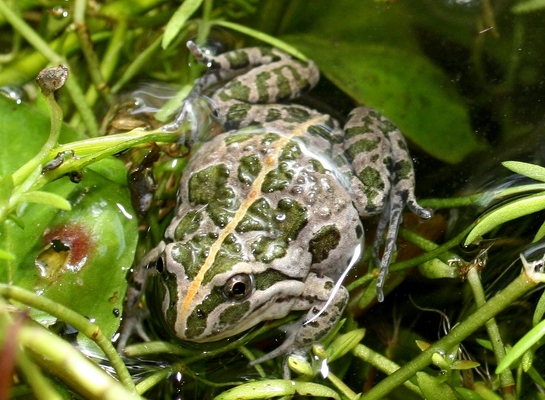THINGS get a little quiet when summer leaves the coast, but some active animals are making Ocean Grove a winter wonderland.
Ocean Grove residents have made several whale sightings at Main Beach.
Barwon Coast’s Maddie Glynn said southern right whales and humpback whales migrate past local shores at this time of year.
Whales can be hard to see and identify, she said.
“A simple tip, observe the blow pattern.”
“If it has a V-shaped pattern it will be a southern right whale, while a single spout may be a humpback whale.”
The orange-bellied parrot – one of Australia’s most threatened species – will make local saltmarshes its home for the next few months.
The parrot – one of only two which migrate – will fly back to its other home, Tasmania, in October.
Frogs should start croaking soon and are a key indicator of environmental health, Maddie said.
Geelong has nine frog species. Most are nocturnal, but the endangered growling grass frog is visible during the day.
Floodplains are an important habitat for the Ewing’s tree frog, while the common froglet hides under logs or moist depressions.
Many plants are emerging from the frosty ground, Maddie said, along with fungi, the “unsung heroes of ecosystems”.
Fungi can help plant roots to absorb water and nutrients, she said.
“The original recyclers, fungi decompose organic material providing additional nutrients to our soils.”
Within the Coastal Moonah Woodlands, dainty and fragile orchid species such as pink fairies and notched onion orchids are relishing the cooler weather.
Maddie’s encouraging residents to walk local pathways and listen for the frog calls, or get the binoculars out and go whale spotting.
“More importantly remember what is common today may not be common tomorrow,” she said.
“So please stick to the pathways, control your pets and pick up litter so we can ensure these amazing plants and animals remain for future generations.”







